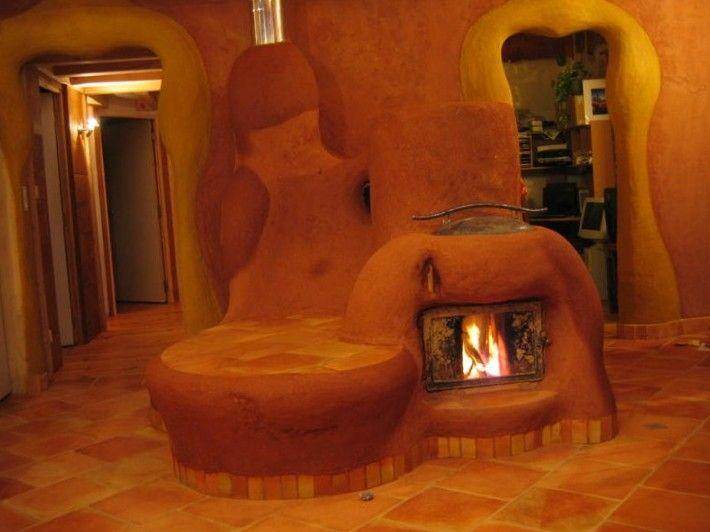

Toby Hemenway wrote:Black locust is at least as long lasting in the ground as redwood. It contains high concentrations (up to 4% by dry weight, which is a lot!) of an anti-fungal compound called taxifolin, plus flavonoids that also inhibit rot. I haven't seen evidence that this stuff leaches from the wood in harmful amounts, so I'd be comfortable using it in a garden. I've read that if children chew the bark it makes their tongue burn, but not much more than that. I'll bet redwood or cedar bark isn't exactly delicious either. The challenge would be finding enough lumber for a raised bed.
...
The leaves are said to be good fodder

thomas rubino wrote:"batch box" with a high heat glass top








Glenn Herbert wrote:In the US, purchased firewood generally comes in 16" (40cm) lengths, more or less, and is split to fireplace/woodstove size. Is it expected where you live that firewood customers will cut and split the wood themselves? Or do stoves generally use 1 meter unsplit logs?
If you do have to cut the wood down yourself, 0.5 meter pieces are probably on the long side but if the wood is straight it will probably work. You definitely need small pieces, finger to 2-finger size, for kindling to get the fire well started, but according to Ernie and Erica, after the fire is burning well you can use wood up to a size that only maybe two pieces will fit in the feed tube at a time. This will burn a bit slower and last longer between loadings than kindling.


